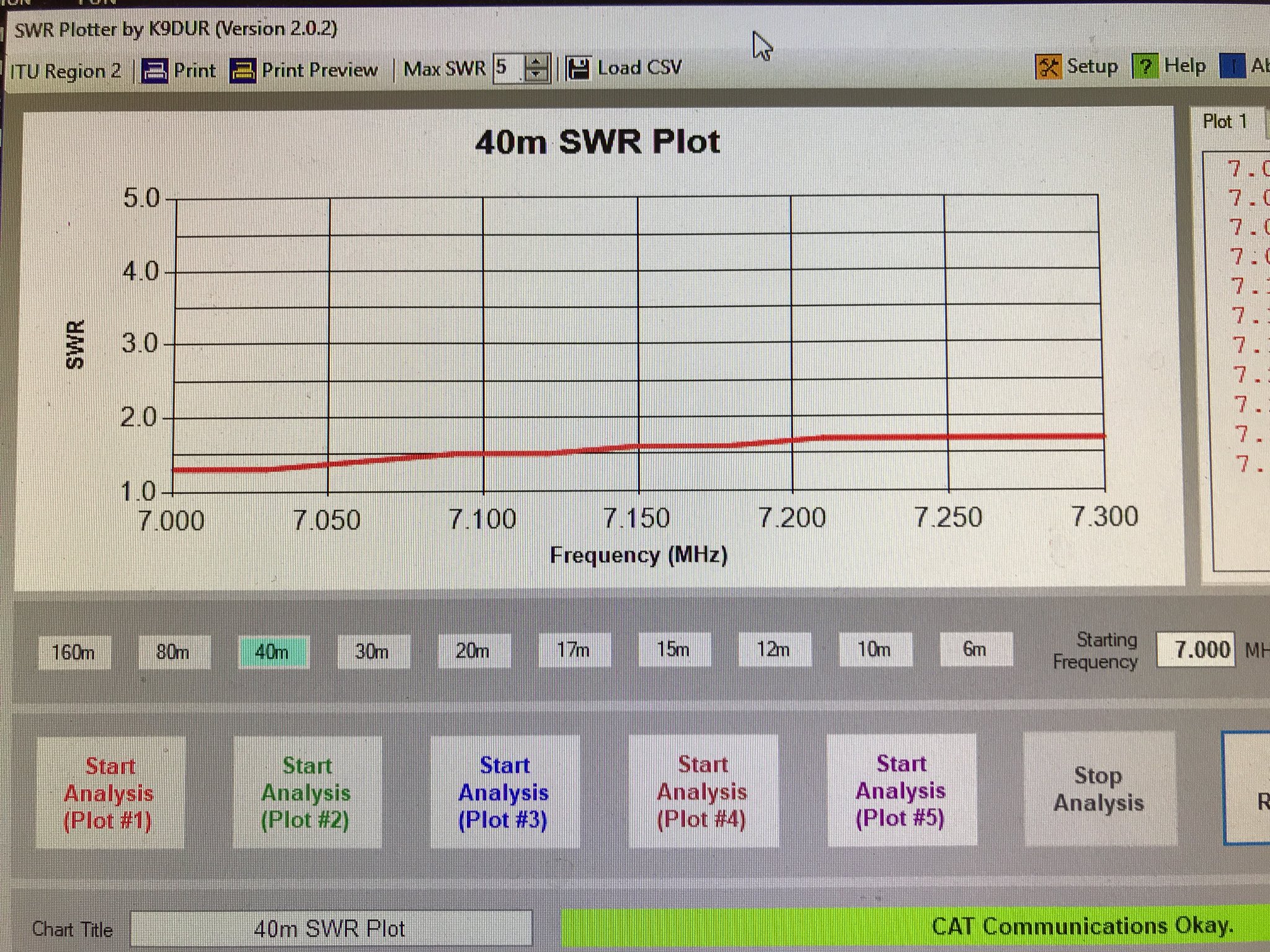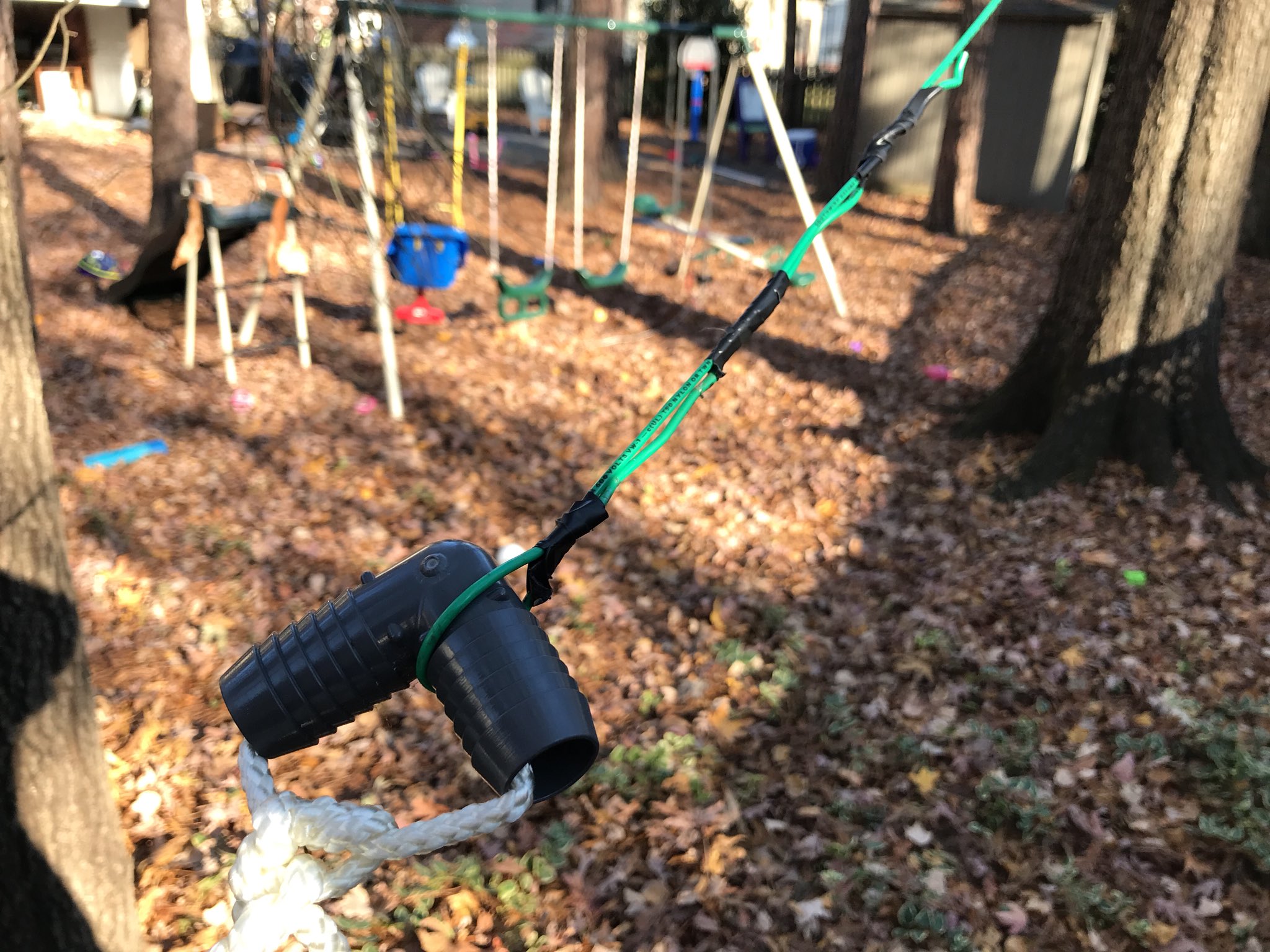
I received this watch as a surprise birthday gift two years from my best friend, and it’s high time I gave it a personal review! I had been drooling over it for quite some time after seeing it first on the Urban Gentry YouTube channel. Somehow Max figured this out (perhaps because I like talking about watches!) and gave it to me out of nowhere.
The SARB033 is right at that that convergence point of price and value I’m always looking for. On paper, the watch is stacked: stainless steel case and bracelet, sapphire crystal, exhibition case back, 6R15 automatic movement with hacking and hand-winding, 50 hour power reserve, and water resistant to 100m. On the wrist, the SARB has a nice weight and wears very comfortably. In terms of design, the watch is just beautiful. The case has gorgeous curved lines and alternates between polished and brushed surfaces. The dial is a glossy black with polished indexes. But the retail price was around $350, well under any Swiss piece with similar specs. The watch has now been discontinued by Seiko after having been in production for almost 20 years, and the retail prices on the remaining watches have shot up. Seiko’s new line-up sees the 6R15 movement only being included in watches more than double the SARB’s price, so it seems to me Seiko figured out that they were giving away too much with the SARB!
The accuracy has been excellent, reliably coming in at +7-8 second per day. This means I reset the time about once a week or so. Since the movement is hacking (when you pull the crown all the way out, the second stops moving), the watch can be set precisely by stopping the seconds hand at the 12, setting the minutes hand to the next minute, and pushing the crown in when the seconds reach zero.
My collection has grown quite a lot over the last few years as I try out different styles of watches, but the Seiko SARB033 has a place at the top of the list. It has become my regular work day watch. I hope to wear it for a very long time to come, and any time I wear it, my appreciation for such a kind, generous, and thoughtful gift is renewed.
















